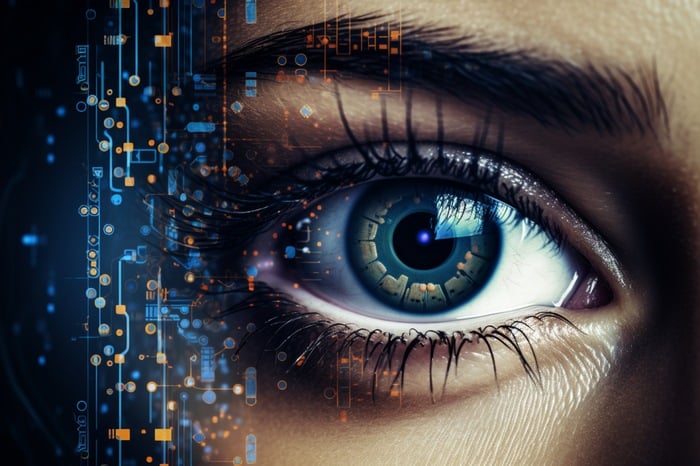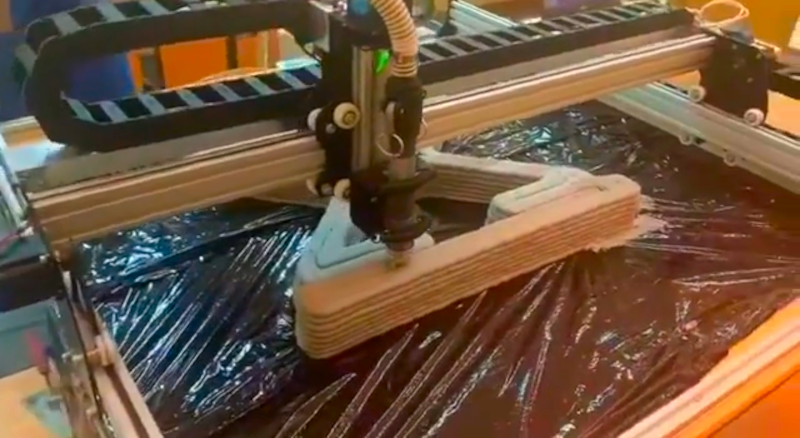How to Train AI to Recognize and Classify Images – AI Image Recognition


Artificial intelligence (AI) and machine learning (ML) have become fundamental technologies in the field of image processing. Traditionally, AI image recognition involved algorithmic techniques to enhance, filter and transform images. These methods were mostly rule-based, often requiring manual tuning for specific tasks. However, the advent of machine learning, particularly deep learning, has revolutionized the field, allowing for more robust and versatile solutions.
Deep learning techniques such as convolutional neural networks (CNNs) have proven to be particularly powerful in tasks such as image classification, object detection, and semantic segmentation. These neural networks automatically learn features and patterns from raw pixel data, eliminating the need for manual feature extraction. As a result, ML-based image processing methods have outperformed traditional algorithms in various benchmark tests and real-world applications.
AI Image RecognitionThe combination of AI and ML in image processing has opened up new avenues of research and application, ranging from medical diagnostics to autonomous vehicles. The marriage of these technologies enables more adaptive, efficient and accurate processing of visual data, fundamentally changing the way we interact with and interpret images.
The advent of artificial intelligence (AI) has revolutionized various fields, including image recognition and classification. The ability of AI to detect and classify objects and images efficiently and at scale speaks to the power of this technology. Google Cloud has introduced a new Jump Start solution that harnesses this power, providing an end-to-end demonstration of how developers can build an image recognition and classification application using pre-trained models. /p>
Jump Start AI/ML Image Processing on Cloud Functions is a comprehensive guide to help users understand, deploy, and use the solution. It leverages pre-trained machine learning models to analyze user-provided images and generate image annotations. This solution can be used in various applications, such as scanning text from physical documents, identifying and managing dangerous or harmful user-generated content, or providing a solution to detect and classify objects and large-scale images.
Train AI to recognize and classify imagesWatch this video on YouTube.
Other articles on the subject of building large language models and AI that you may be interested in:
When architecting the solution, developers should consider three key elements: storage, compute, and artificial intelligence. The Jump Start solution uses Google Cloud's Cloud Storage for storage, Cloud Functions for compute, and the Cloud Vision API for artificial intelligence. The Cloud Vision API, accessible through REST and RPC APIs, can be used to detect objects, read handwriting, and create valuable image metadata with pre-trained machine learning models.
Google Quick Start SolutionJump Start solutions are designed to be deployed and explored from Google Cloud Console with packaged resources. They are built on Terraform, a construction tool, c...



Artificial intelligence (AI) and machine learning (ML) have become fundamental technologies in the field of image processing. Traditionally, AI image recognition involved algorithmic techniques to enhance, filter and transform images. These methods were mostly rule-based, often requiring manual tuning for specific tasks. However, the advent of machine learning, particularly deep learning, has revolutionized the field, allowing for more robust and versatile solutions.
Deep learning techniques such as convolutional neural networks (CNNs) have proven to be particularly powerful in tasks such as image classification, object detection, and semantic segmentation. These neural networks automatically learn features and patterns from raw pixel data, eliminating the need for manual feature extraction. As a result, ML-based image processing methods have outperformed traditional algorithms in various benchmark tests and real-world applications.
AI Image RecognitionThe combination of AI and ML in image processing has opened up new avenues of research and application, ranging from medical diagnostics to autonomous vehicles. The marriage of these technologies enables more adaptive, efficient and accurate processing of visual data, fundamentally changing the way we interact with and interpret images.
The advent of artificial intelligence (AI) has revolutionized various fields, including image recognition and classification. The ability of AI to detect and classify objects and images efficiently and at scale speaks to the power of this technology. Google Cloud has introduced a new Jump Start solution that harnesses this power, providing an end-to-end demonstration of how developers can build an image recognition and classification application using pre-trained models. /p>
Jump Start AI/ML Image Processing on Cloud Functions is a comprehensive guide to help users understand, deploy, and use the solution. It leverages pre-trained machine learning models to analyze user-provided images and generate image annotations. This solution can be used in various applications, such as scanning text from physical documents, identifying and managing dangerous or harmful user-generated content, or providing a solution to detect and classify objects and large-scale images.
Train AI to recognize and classify imagesWatch this video on YouTube.
Other articles on the subject of building large language models and AI that you may be interested in:
When architecting the solution, developers should consider three key elements: storage, compute, and artificial intelligence. The Jump Start solution uses Google Cloud's Cloud Storage for storage, Cloud Functions for compute, and the Cloud Vision API for artificial intelligence. The Cloud Vision API, accessible through REST and RPC APIs, can be used to detect objects, read handwriting, and create valuable image metadata with pre-trained machine learning models.
Google Quick Start SolutionJump Start solutions are designed to be deployed and explored from Google Cloud Console with packaged resources. They are built on Terraform, a construction tool, c...
What's Your Reaction?





















